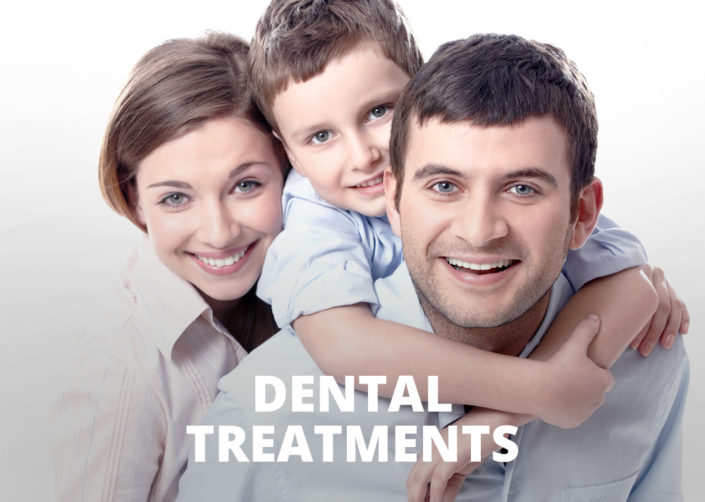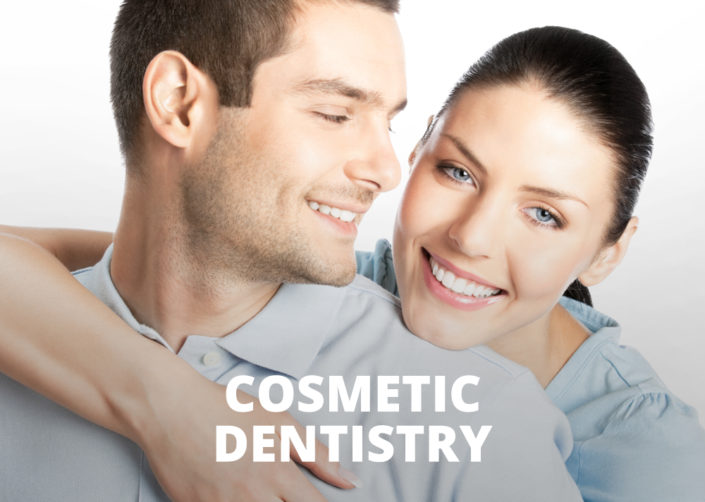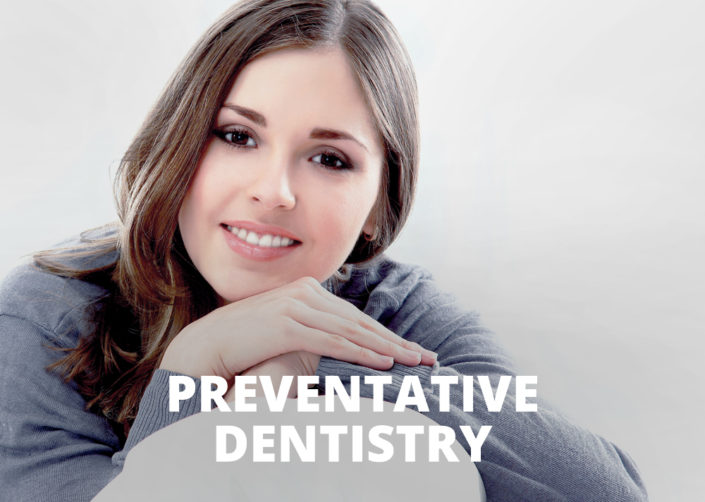Aesthetic Issues
MISSING TEETH
Missing teeth can occur for a multitude of reasons, the most common culprits being gum disease and tooth decay.
Treatment
CROOKED TEETH
One might wonder why some individuals’ teeth grow in a crooked, overlapping, or twisted manner. Some have mouths which are too small for their teeth; this causes crowding of the teeth, leading them to shift. In addition, some have upper and lower jaws which are not the same size or are malformed, resulting in one of two things: an overbite, or an underbite. An overbite occurs when there is excessive protrusion of the upper jaw. An under bite happens when the lower jaw protrudes forward, causing the lower jaw and teeth to extend out beyond the upper teeth.
Misaligned bites and crooked bites can:
- Interfere with the proper chewing of food
- Strain the teeth, jaws, and muscles, which increases the risk of tooth breakage
- Result in feelings of being self-conscious of one’s appearance
- Present challenges to tooth and oral hygiene maintenance
- Increase the risk of tooth decay, cavities, and gingivitis
While crooked teeth can appear to be an exclusively cosmetic concern, your dentist can determine if the problem warrants treatment. Your dentist will look for the following signs:
- Irregular alignment of teeth
- Difficulty or discomfort when chewing or biting
- Atypical appearance of the face when relaxed
- Speech difficulties, including a lisp
Treatment
Once a diagnosis is made, your dentist can make a decision regarding the best treatment for your teeth or misaligned bite. For some, a removable retainer –to stabilize the new position of teeth– would suffice. Extraction of one or more teeth may be required if overcrowding of the teeth is the underlying issue. For most, braces or Invisalign® are necessary to correct the problem.
STAINED /DISCOLORED TEETH
Some root causes of tooth discoloration may include, but are not limited to, the following.
- Drinks: soda, wine, coffee, and tea can stain teeth
- Tobacco use: the smoking or chewing of tobacco are known to discolor teeth
- Poor oral hygiene: inadequate brushing and flossing habits to remove plaque and stain-producing substances, will contribute to teeth discoloration
- Pathological: several diseases which affect enamel –the hard surface of the teeth– and dentin –the underlying material under enamel– can lead to tooth discoloration. Certain infections in pregnant individuals may cause tooth discoloration in the infant during enamel development.
- Medications: the antibiotics tetracycline and doxycycline given to children whose teeth are still developing (before age eight) may cause some tooth discoloration. Mouth rinses and washes containing chlorhexidine and cetylpyridinium chloride may also contribute to tooth dicoloration. The same applies to some antihistamines, antipsychotic drugs, and drugs for high blood pressure. Treatments for certain conditions can also affect tooth color; ie. head and neck radiation, as well as chemotherapy, can cause teeth discoloration.
- Dental materials: some of the materials used in dentistry, such as amalgam restorations –especially silver sulfide-containing materials– may contribute.
- Advancing age: as individuals age, the outer layer of enamel of teeth gets worn away, revealing the natural yellow color of dentin.
- Genetics: some individuals have naturally brighter or thicker enamel than others.
- Environment: excessive fluoride from environmental sources (e.g. naturally high fluoride levels in tap water) may be contributors
- Excessive fluoride use (e.g. fluoride applications, rinses, toothpaste, and fluoride supplements taken by mouth)
- Trauma: ie. damage from a fall can disturb enamel formation in children whose teeth are still developing. Trauma can also cause discoloration in adult teeth.
Prevention
By making some lifestyle changes, individuals can facilitate the prevention of teeth discoloration. For example, coffee drinkers and/or smokers may consider cutting back or quitting all together. In addition, excellent dental hygiene habits –brushing and flossing regularly and getting teeth cleaned by a dental hygienist once every six months– can lead one to optimize their dental aesthetic.
If your teeth appear to be an irregular color without ready explanation, and if other symptoms are also present, it is recommended to make an appointment to see your dentist.
Treatment
- Home Care
- Avoid foods and beverages that cause stains
- Regular Cleanings
- Zoom! Whitening
- Bondings/Fillings
- Veneers
SMALL OR LARGE TEETH
Porcelain veneers allow a dentist to change the shape, color and length of teeth
SMILE IMPROVEMENT
Cosmetic dentistry is becoming more mainstream and popular, from whitening and shaping to closing spaces and replacing teeth. We offer a wide array treatment options to enhance your smile such as:
- Teeth Whitening
- Bonding
- Veneers
- Crowns
- Enamel Shaping and Contouring
- Enamel shaping and contouring involves removing or contouring dental enamel to improve the appearance of your teeth
- Dentists may combine this process with bonding
- Often used to alter the length, shape, or position of teeth
- Braces/Invisalign®
- Bridges
- Implants











